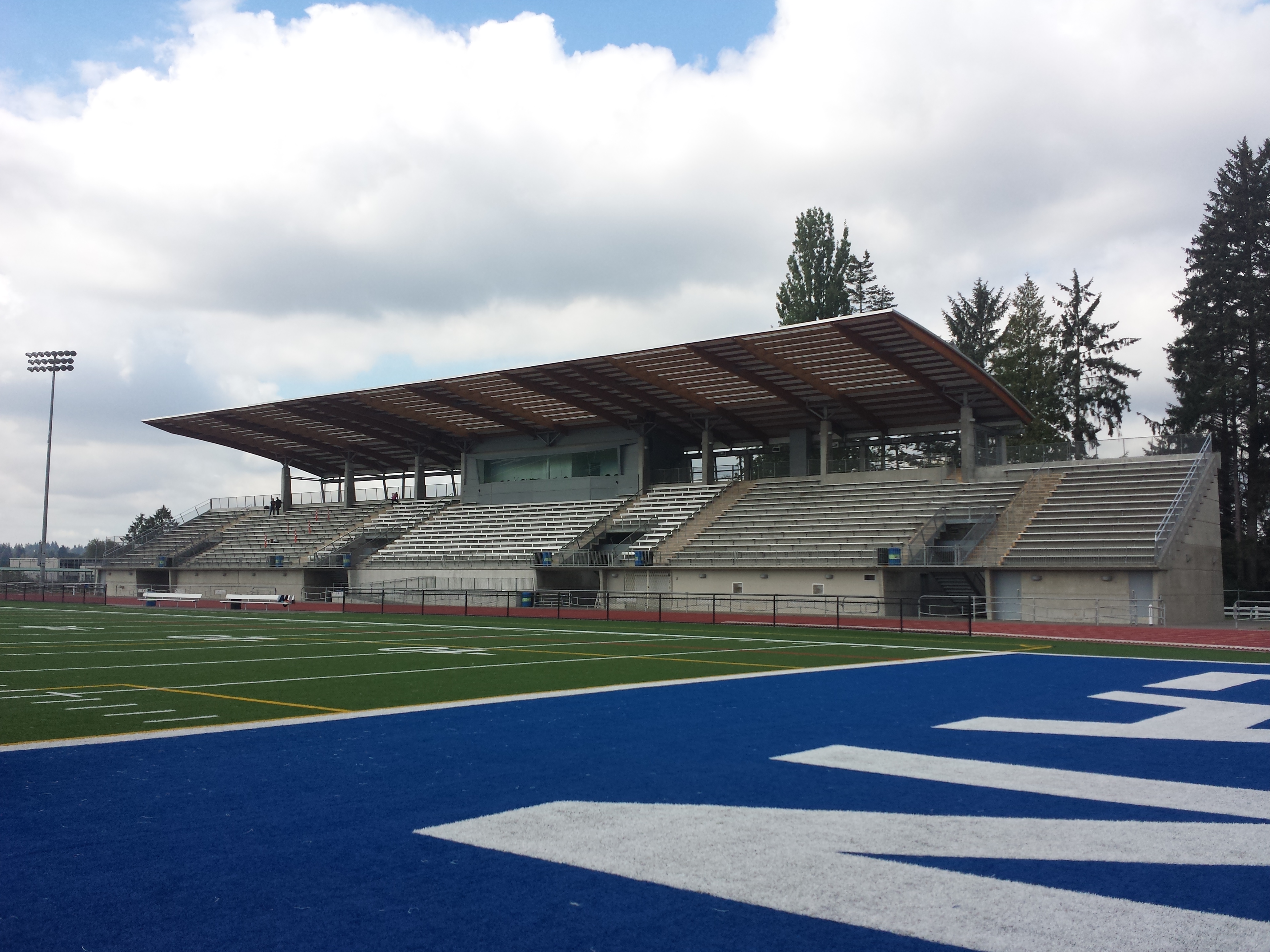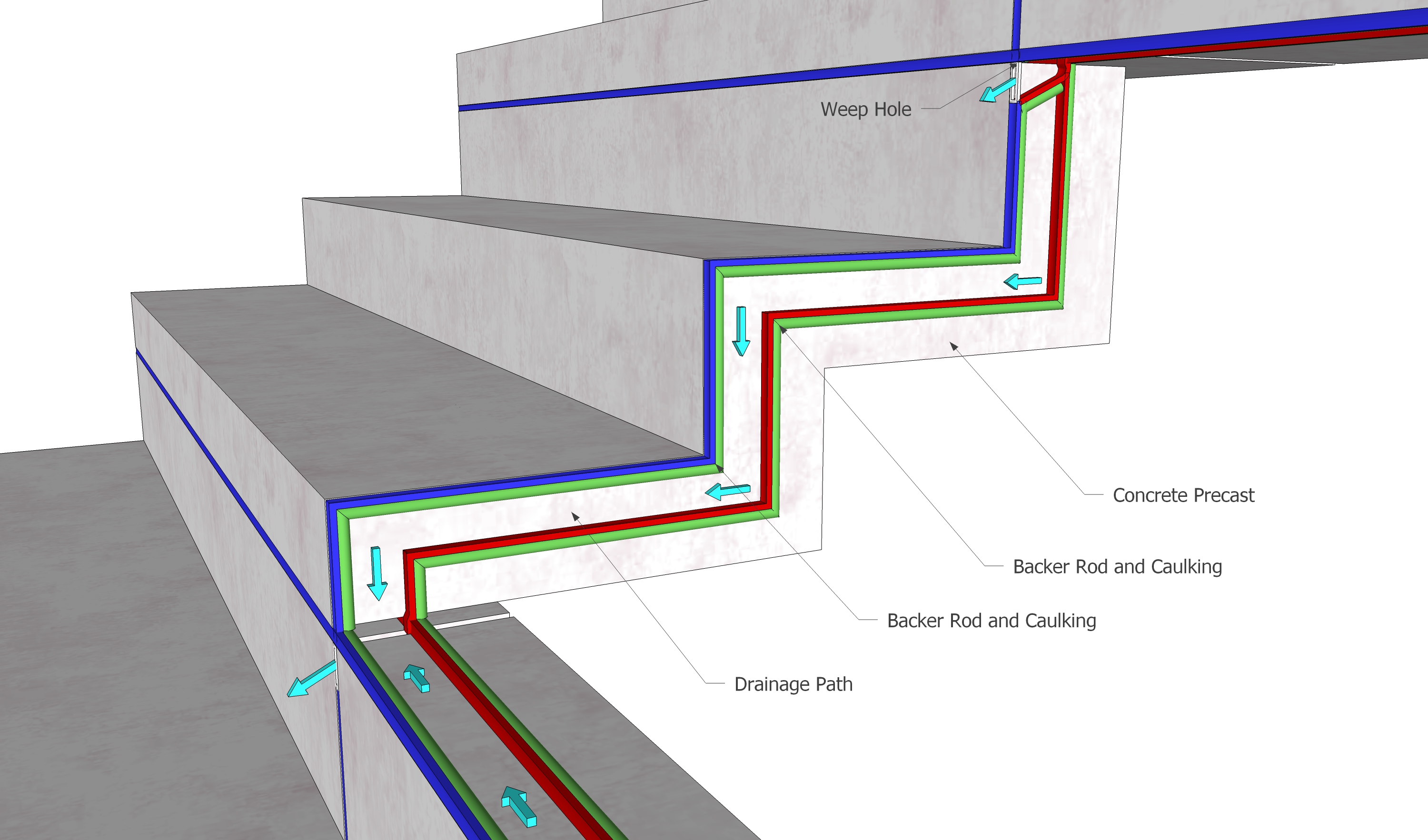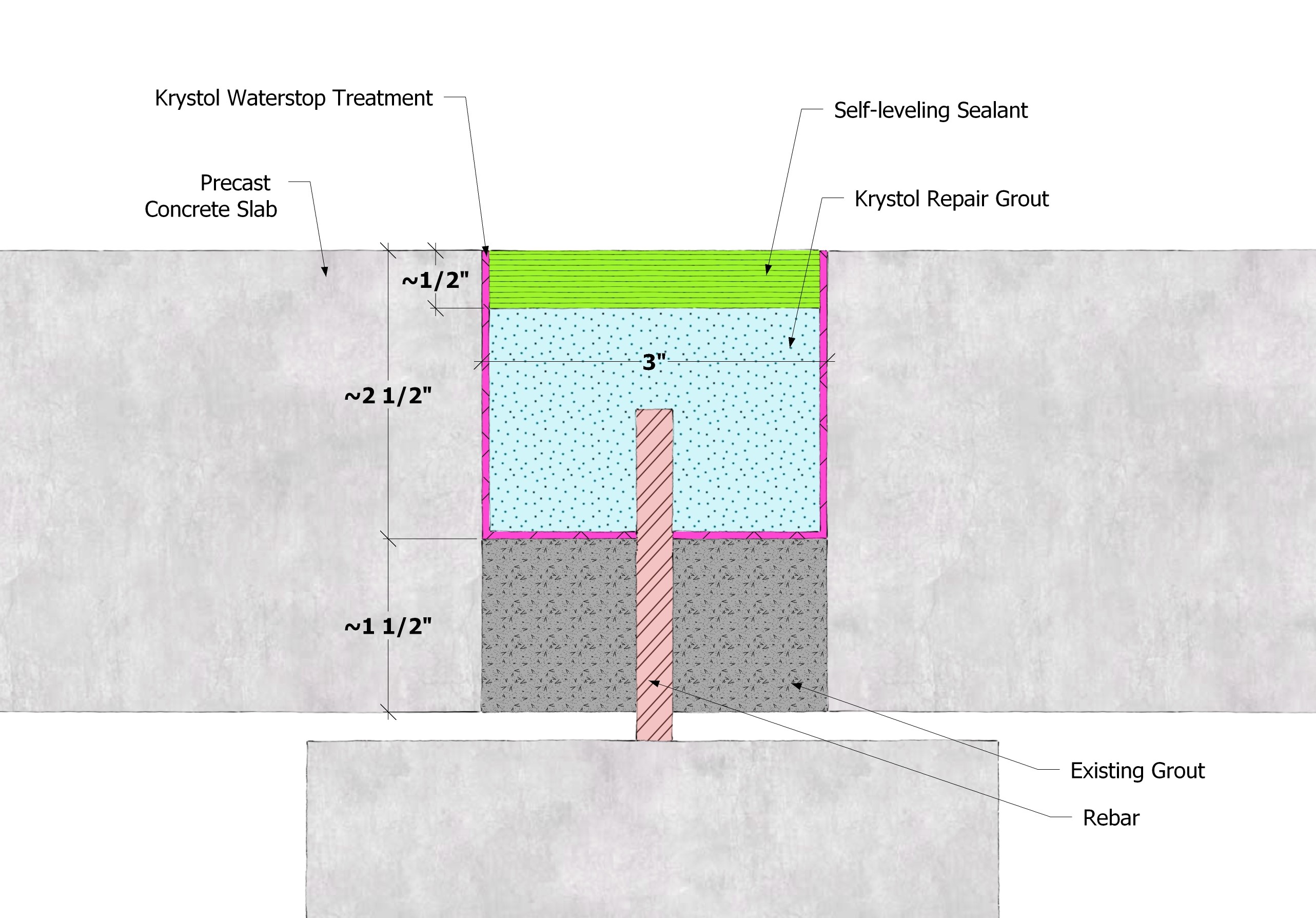 Client
Client
Township of Langley
Project Type
Building Envelope Repair
Project Info
Multi-sport facility – stadium
Service Performance Date
Ongoing
Challenge
This stadium has been experiencing widespread water ingress to the interior for quite a long time: localized water ingress appeared shortly after original construction, and then continued to expand to a larger scale over time. One of the primary paths of water ingress has been through the joints between the precast seating panels; the original joint design relied on a single line of sealant, which eventually de-bonded from the adjacent surfaces at a number of locations. In addition, the plug hole connections between the precast seating panels and the supporting structure below lacked an effective waterproofing strategy. The water ingress, combined with other factors, has led to localized concrete spalling at the interior. Previous efforts to re-seal the joints did not appear to address the water ingress issues.

How Did We Help?
Given the history of the leaks and the unsuccessful past efforts to address them, we realized that a holistic approach would be needed in identifying the reasons for the water ingress and concrete spalling. As a first step in this approach, the building envelope and structural team performed an assessment to find out:
- Potential paths of water ingress
- Factors that have allowed these paths to develop
- Potential reasons (other than water ingress) that may have led to concrete spalling

Upon completion of the assessment, it became apparent that the joints and transitions of this primarily precast concrete stadium need to be waterproofed in such a way that would incorporate:
- Redundancy in lines of defense against water ingress
- Capability to handle large movement of the panels due to thermal cycling (direct exposure to sun and cold weather) and potential concrete shrinkage
- Waterproofing and sealant materials that maintain their bond to the substrate over the long term
The design phase of this project involved a number of brainstorming sessions to develop the optimum design solution that would meet the three criteria above, particularly given that:
- This is an existing building
- There are some unique site conditions
- Surface conditions and their reaction to various sealants were mostly unknown
- Past efforts to address the leaks were unsuccessful
The building envelope team decided to test the potential solutions; we therefore retained a contractor to perform site mock-ups of various waterproofing and sealant options. This highly interactive site mock-up process, which also involved the owners and several manufacturers, allowed us to review, analyze, and test three different waterproofing systems, and to develop first-hand experience as to which system is expected to offer the optimum performance for this specific project. Such an interactive design process resulted in the development of a tailored and premium waterproofing design strategy aligned with the project needs.
 The tendering process of this project was also quite interactive. Our team worked in close collaboration with the owners to develop a list of prequalified contractors who would be suitable to perform this type of work. During the construction phase, we will implement our quality assurance program in which we work closely with the contractors on site to verify the compliance of the construction work with the design intent.
The tendering process of this project was also quite interactive. Our team worked in close collaboration with the owners to develop a list of prequalified contractors who would be suitable to perform this type of work. During the construction phase, we will implement our quality assurance program in which we work closely with the contractors on site to verify the compliance of the construction work with the design intent.
